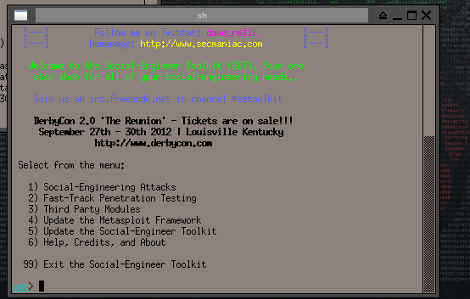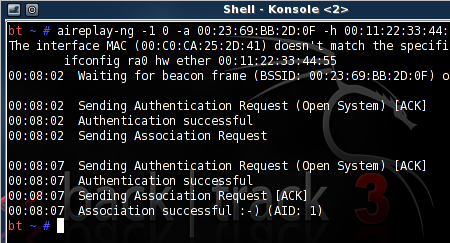
This rather normal-looking power strip hides a secret inside. It’s called the Power Pwn, and it conceals hardware which facilitates remote penetration testing of a network. It really is the ultimate in drop hardware as you can quickly swap it with existing power strip. Who’s going to question it?
It’s got almost all the bells and whistles. There’s dual Ethernet ports, Bluetooth with 1000′ range, and WiFi with a high gain antenna. The SoC inside comes with Debian 6 and all the exploit tools you might want pre-loaded. There’s even a 3G adapter, but it’s external and not pictured above. The thing is, for a pre-order price-tag of $1,295 we think that 3G should have been internalized and come with a lifetime unlimited data plan! That could be a bit overboard… our heads are still spinning from the sticker shock.
This isn’t the first time we’ve seen hardware from this company. Their Pwn Plug was used in this project. We just didn’t catch the $595 price tag for that device until now.
















